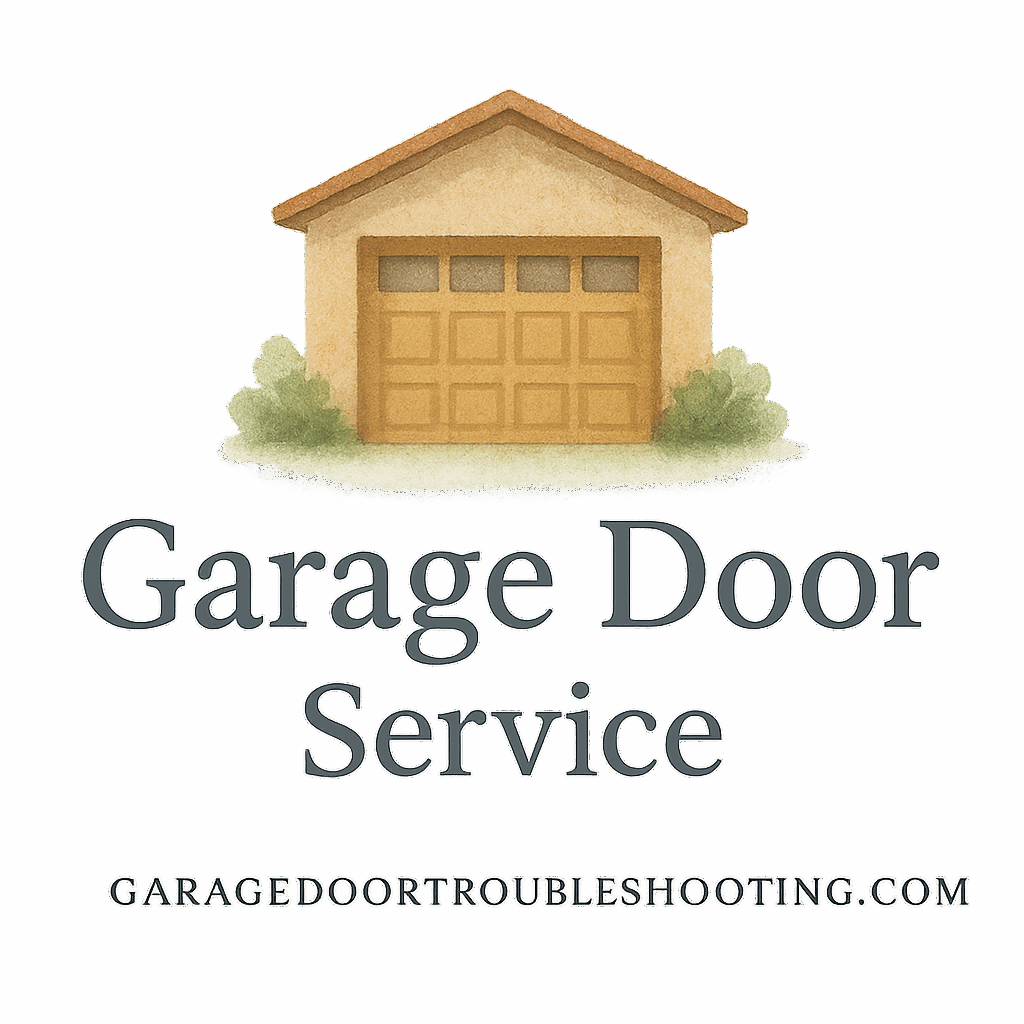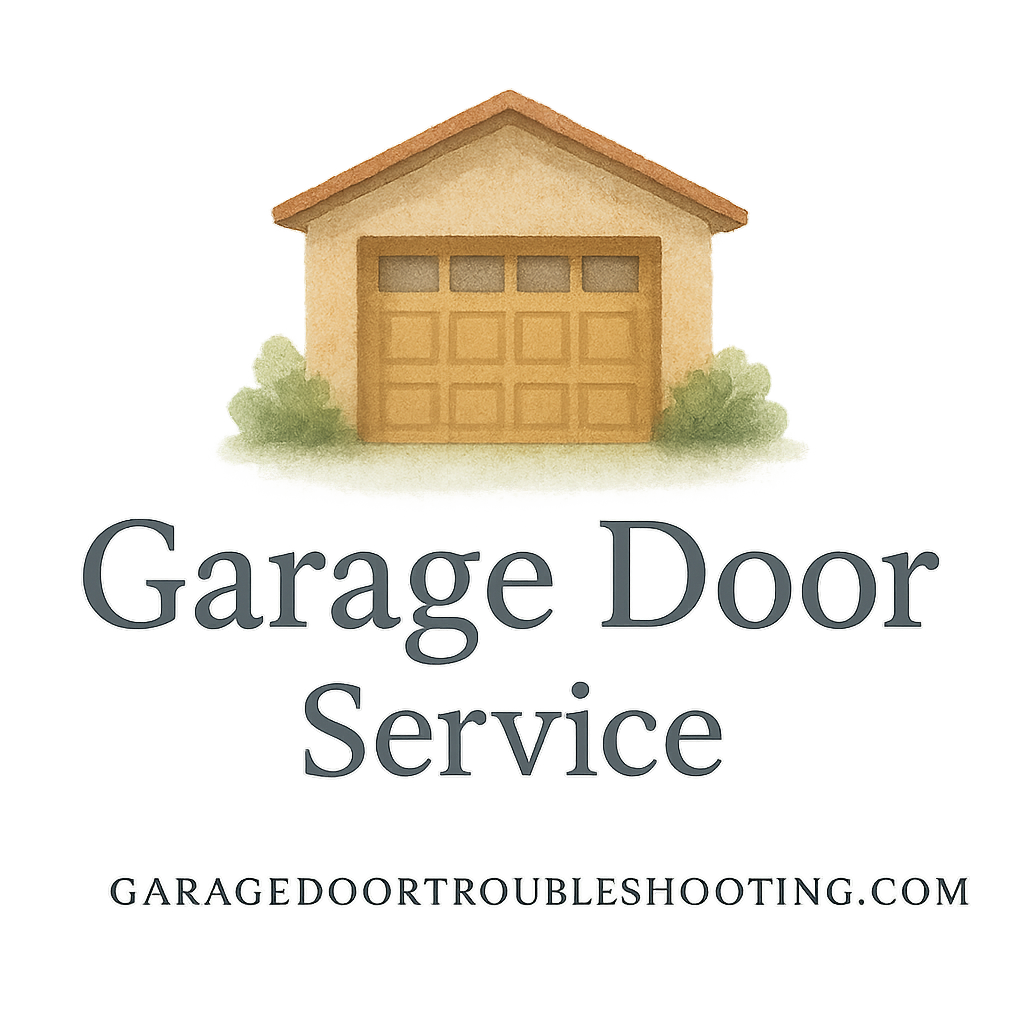Introduction
Think of your garage door as the biggest moving wall in your home. Convenient? Absolutely. But also potentially dangerous if you’re not paying attention. Most of us take garage doors for granted until something goes wrong—but by then, it could be too late. From faulty springs to ignored maintenance, here are 7 garage door hazards you might be ignoring, and why it’s time to take them seriously.
Whether you’re a homeowner or renter, understanding these hazards can help keep your family, vehicles, and property safe. Ready to dive in?
1. Faulty Garage Door Springs
What Makes Springs So Dangerous?
Garage door springs—torsion or extension—do the heavy lifting every time your door opens. These tightly wound coils hold immense tension. If one snaps? It can whip around like a steel snake, causing serious injury or property damage.
Ignoring spring tension is like driving a car with bad brakes—it’s only a matter of time before disaster strikes. According to garage door safety experts, spring failures are among the top causes of emergency garage door service calls.
Warning Signs of Worn Springs
- Door opens unevenly or gets stuck halfway
- Loud “bang” noises when in use
- The door feels heavy or slams shut
- Visible gaps in the spring
For DIY enthusiasts, this is one of those repairs you shouldn’t touch. It falls squarely into the dangerous repairs category. Your best bet? Contact a professional garage door service provider.
2. Misaligned or Damaged Tracks
How Misalignment Causes Risk
Your garage door tracks guide the door up and down. If they’re bent, loose, or off-center, the door can derail—literally. That’s not just inconvenient, it’s downright dangerous.
Track damage often results from minor accidents (like bumping into the garage with your car), wear over time, or poor installation.
Prevention and Repair Tips
- Inspect tracks monthly for dents, warps, or rust
- Make sure rollers glide smoothly
- Tighten any loose brackets
- Keep them lubricated and clean
When damage goes beyond a quick fix, check out our repair guides or hire a professional.
3. Malfunctioning Sensors
Importance of Sensor Calibration
Modern garage doors have photo-eye sensors that stop the door if something’s in its path—essential for kids and pets. But these sensors can fall out of alignment, collect dust, or just stop working.
A non-responsive sensor defeats the purpose of your auto-reverse function, increasing the risk of injury or property damage.
How to Test and Fix Sensors
- Place an object (like a roll of paper towels) under the door—does it reverse?
- Clean sensor lenses with a dry cloth
- Ensure both sensors are aligned and the LED lights are solid
For more on safety upgrades, visit the Garage Door Safety & Security section.

4. DIY Repairs Without Proper Knowledge
The Hidden Dangers of DIY Garage Door Fixes
We get it—YouTube makes everything look doable. But garage doors aren’t IKEA furniture. Many homeowners who attempt DIY repairs without the right tools or knowledge end up causing more damage—or hurting themselves.
Common mistakes include:
- Using the wrong replacement parts
- Misjudging spring tension
- Over-tightening bolts or cables
When to Call in the Pros
If the repair involves tension springs, opener motor, or track realignment—step away. Use a trusted garage door service provider for safety and peace of mind.
5. Outdated or Broken Garage Door Openers
Security Vulnerabilities of Old Systems
Still using an opener from the early 2000s? Bad news: It’s probably vulnerable to code grabbing and remote hacking. That means intruders could potentially open your garage door—scary, right?
Upgrade Benefits and Safety Features
New openers include features like:
- Rolling code technology
- Smartphone integration
- Battery backup
- Motion-sensor lights
Upgrading is also a smart move during a new garage door installation.
6. Lack of Routine Maintenance
What You’re Missing by Skipping Maintenance
Skipping maintenance is like never changing your car’s oil. Over time, parts wear out, lubrication dries up, and performance plummets—until something breaks.
Simple tasks can prevent major breakdowns. We’re talking:
- Lubricating moving parts
- Tightening bolts and screws
- Checking cables for fraying
Setting Up a Maintenance Plan
Create a yearly or biannual garage door maintenance plan. Or better yet, browse our maintenance tips for a complete checklist.
7. Neglecting Childproofing Measures
Common Child Hazards in the Garage
Kids are naturally curious—and garages are full of dangers. Heavy doors, pinch points, and remote buttons they shouldn’t press are all hazards.
If your kids have access to the garage, childproofing isn’t optional—it’s essential.
Easy Childproofing Fixes
- Install wall switches 5 feet high
- Use locking mechanisms
- Educate children on garage safety
- Keep remotes out of reach
Want more advice on this? Check out our tag on childproofing.
Conclusion
Garage doors are marvels of modern convenience—but they come with risks if ignored. From deadly springs to faulty sensors and outdated systems, each component plays a vital role in your home’s safety. Thankfully, a little awareness goes a long way.
Take a walk through your garage today. Listen. Look. Test. And if anything seems off? Don’t wait—take action.
Need more advice or help? Head over to our full library of garage door tips, maintenance, and repair guidance to protect your home.
FAQs
1. How often should garage door springs be replaced?
Typically every 7-10 years, depending on usage. Watch for signs of wear like gaps or noise.
2. Is it safe to fix garage door cables myself?
Nope—garage cables are under high tension. It’s a dangerous repair best left to pros.
3. How can I tell if my garage door opener is outdated?
If it’s noisy, lacks rolling codes, or doesn’t have smart features, it’s time to upgrade.
4. What’s the easiest way to childproof a garage?
Install high switches, lock remotes, and teach kids to stay away from the door system.
5. Are there any risks in using the garage door during power outages?
Yes. Some doors are too heavy to lift manually. Install a battery backup system to stay prepared.
6. How often should I schedule professional maintenance?
At least once a year—or twice if your door gets heavy use. Use a maintenance plan.
7. Where can I find a reliable garage door service provider?
Right here: Garage Door Services Professionals


